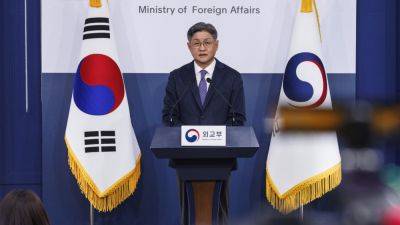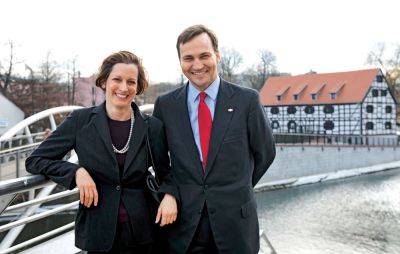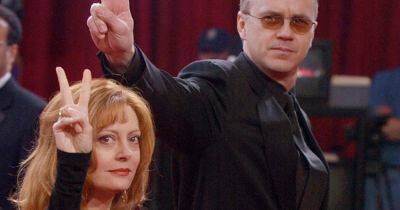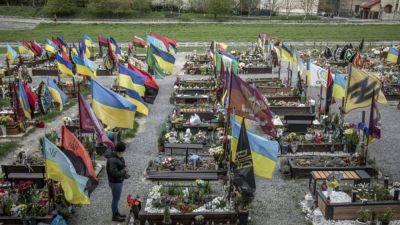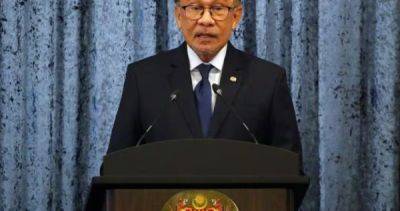Russia can’t afford to win or lose the Ukraine war
Two years after its full-scale invasion of Ukraine, Russia is still facing an unprecedented number of economic sanctions. It has been excluded from major global financial services, and around 260 billion euros (US$281.4 billion) of its central bank assets have been frozen.
Russian airspace is closed to most Western planes and Western ports are closed to Russian vessels. A formal cap has been imposed on buying or processing Russian oil sold for more than $60 per barrel (world prices currently fluctuate between $80 and $100. And in theory, it is illegal to sell Russia anything that could be used by the military.
Sanctions have had some effects. According to the IMF, Russia’s GDP is around 7% lower than the pre-war forecast. Despite all of this, Russia’s economy has not collapsed. But it does look very different and is now entirely focused on a long war in Ukraine – which is actually driving economic growth.
In fact, the IMF expects Russia to experience GDP growth of 2.6% this year. That’s significantly more than the UK (0.6%) and the EU (0.9%). Similarly, Russia’s budget deficit (the amount the government needs to borrow) is on track to remain below 1% of GDP, compared to 5.1% in the UK and 2.8% in the EU.
One reason for this relative resilience is Russia’s strong, independent central bank. Since 2022, it has imposed massive interest rate hikes (currently at 16%) to control inflation (still above 7%).
This has been combined with government-imposed controls that make it almost impossible for Russian exporters and the many foreign companies still operating in Russia to take money out of the country. Together, these policies have helped to avoid a total collapse of the ruble, by keeping the currency flowing inside Russia.
Rus


